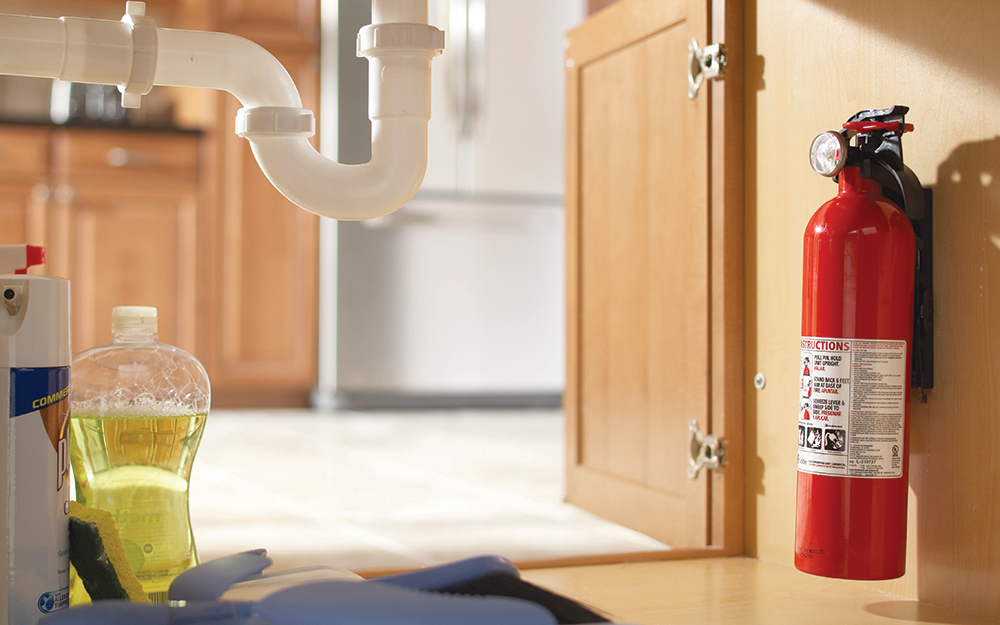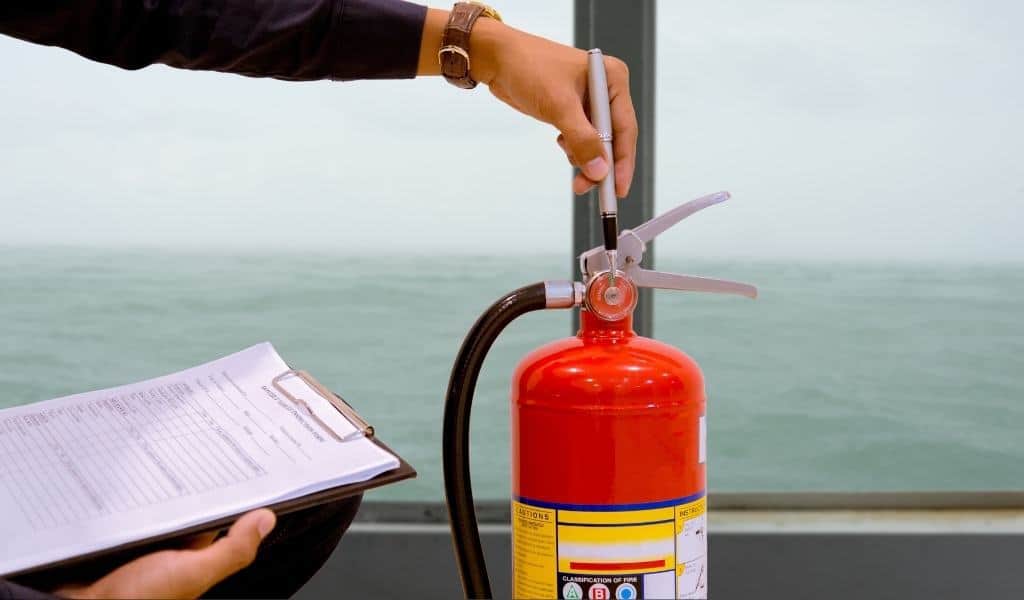Firexo is a revolutionary brand with fantastic sector-defining products. The all fires fire extinguisher is changing the way we think about fire safety. This extinguisher features some of the most groundbreaking research and development the market has seen. This fire extinguisher is able to be used on all types of fires, which gives it immense usability. What is so good about the Firexo product range?
Easy to use
The best part of the Firexo all fires fire extinguisher has to be that it is so easy to use. This ease of use is what makes it such a popular choice for all locations. Having the ability to simply pick up this fire extinguisher in an emergency situation and not have to worry about it being the correct extinguisher is simply unmatched. In locations that usually would require more than one type of fire extinguisher, this can easily lead to confusion in an emergency situation about which kind of extinguisher should be used.
Simplify your fire safety setup
With Firexo being able to cover all kinds of fires, this allows you to simplify your fire safety setup by decreasing the number of fire extinguishers required. Having fewer fire extinguishers can increase your fire cover. A business previously had 4 CO2 fire extinguishers and 4 Water fire extinguishers. This gave them all together 84A and 136B fire ratings as well as coverage of Electrical fires. They found out they could have only 2 Firexo 9L extinguishers and that would give them 110A, 366B, C, D, 150F, Lithium-Ion Battery fires and Electrical fire coverage.
Saving time and money
By decreasing the number of fire extinguishers you have to have with Firexo, you can save time when doing your monthly visual inspections and save money by doing less annual servicing.
Getting the Firexo extinguishers to you
Firexo products are only available for purchase through retailers and trade partners like us at Fireology. This makes sure that the customer gets the most from the whole fire extinguisher experience. Firexo recognises that their trade partners have a higher level of expertise in the areas of servicing and installation, and that’s why they leave it to experts like us.


BSI Kitemark
Firexo has now been granted the BSI Kitemark certification for its fire extinguishers. This means all of its standard fire extinguishers produced from this point will feature the BSI Kitemark logo. This is great news, as some buildings and locations may need a fire extinguisher with this mark to meet regulations and now the Firexo extinguisher can be used for this.
As an approved Firexo trade partner, here at Fireology, we have access to the Kitemarked models of fire extinguishers. For the foreseeable future, these Kitemarked extinguishers will only be able to be purchased via trade partners such as ourselves and not through retailers such as your large chain DIY stores.
The BSI Kitemark is a certification mark that indicates a product has been independently tested and verified to meet its specific requirements of safety, quality and performance. The mark is very prestigious in the field and is recognised worldwide as a symbol of excellence.
Remove the worry with Firexo
A large Grammar School in Manchester recently undertook an audit of all of its fire safety equipment. Prior to Firexo, this school had 300 fire extinguishers and upon talking to the staff they discovered that the thought of them having to use one of these extinguishers in the event of a fire was “anxiety-inducing”. After Firexo’s extinguishers were implemented, the number of extinguishers required drastically fell from 300 to 214 but however gave them even more coverage. This reduction in the number of extinguishers alone will save time and money through reduced servicing and maintenance. Teachers said afterwards that they didn’t realise fire safety could be so simple and they felt they could be confident in being able to do the right thing in the event of a fire.
What to look out for in the future from Firexo
This year, Firexo has gone through some testing with the Fédération Internationale de l’Automobile (FIA) in terms of using these extinguishers for motorsports events. Firexo is very excited by this as everyone who has ever watched motorsport will know that fires aren’t a very uncommon sight in any motorsport category. Romain Grosjean’s crash at the 2020 Bahrain Grand Prix, rose eyebrows at Firexo due to the lack of fire stopping power the extinguishers used for the crash had. This was something they believed the Firexo fire extinguisher could of tackled a lot sooner.
With a wide range of products, Firexo has the solution to all your fire protection needs.
Want to see the full range of Firexo products that we offer here at Fireology? If so click…

 Cart is empty
Cart is empty 














































